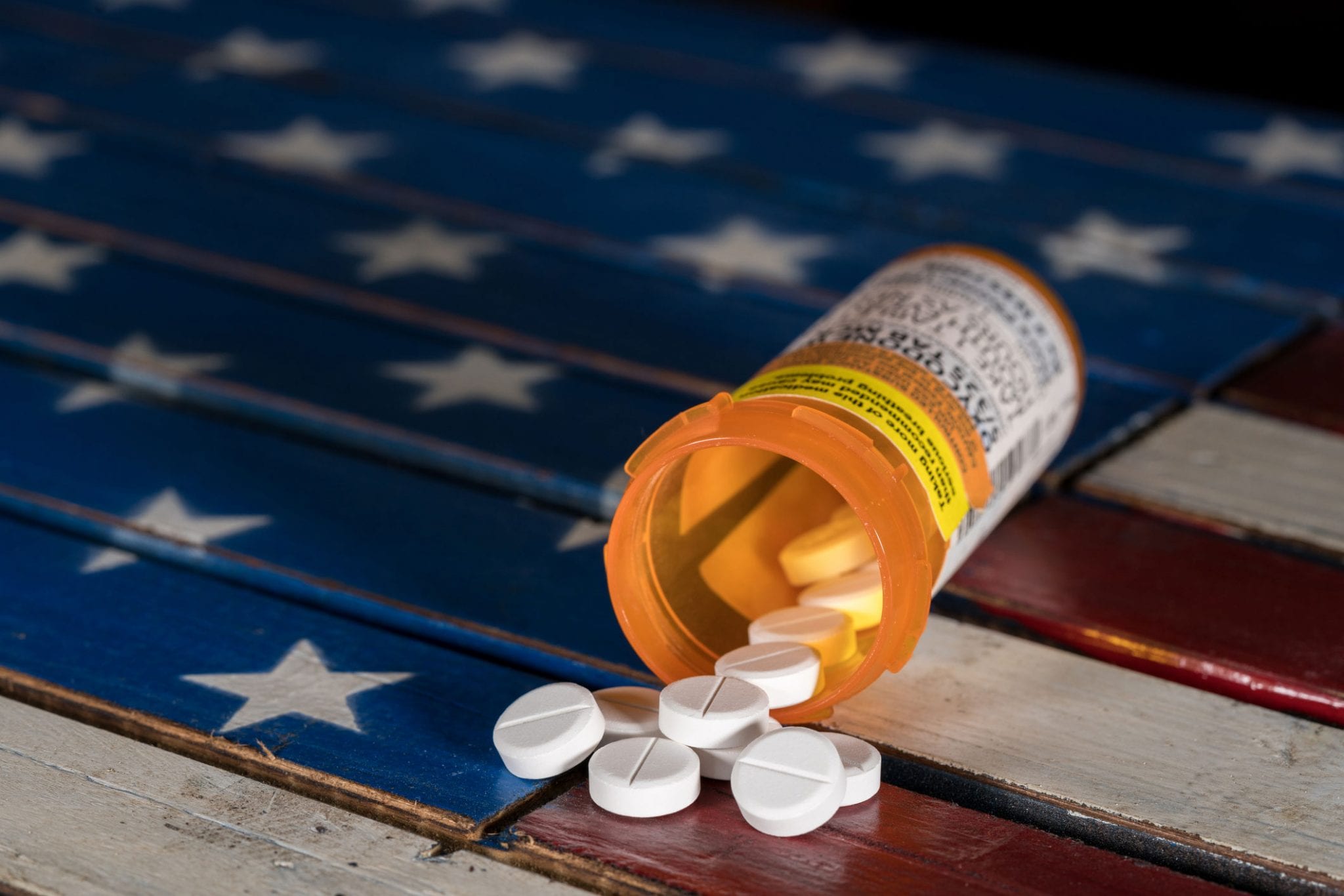<< Back
CDC: Connecticut Opioid Deaths in 2020 Spike Almost 15 Percent to 1,359

April 16, 2021
The war on drugs has taken a significant hit during the COVID-19 pandemic, with the number of overdose deaths soaring higher in 2020 than in any year since the opioid epidemic began in the 1990s.
The preliminary data, recently released by the Centers for Disease Control and Prevention (CDC), underscores the effect the pandemic has had on opioid use as well as the genesis of a public health crisis that has been largely overlooked during the pandemic and vaccination efforts. It also marks a reversal of progress made against addiction in the last few years.
In Connecticut, Dr. J. Craig Allen, medical director of Rushford and vice president of addictions Services for Hartford HealthCare Behavioral Health Network (BHN), said opioid overdose deaths in 2020 totaled 1,359, a 14.6 percent hike over 2019, a year when the state ranked sixth highest in the country.
“The epidemic of opioid deaths continued and has been exacerbated by the COVID-19 pandemic,” Dr. Allen said. “The isolation, stress, fear for health and family and financial situations created an environment conducive to increased substance use.
“Online alcohol purchases, at one point, were up 300 percent!”
While consumption might have increased across the board, he stressed that intake “exploded” among people already using drugs and alcohol more frequently or in higher amounts pre-pandemic.
Stress sparked increased use, and safety concerns kept people from accessing everything from the professional help and support groups they need to abstaining to trusted suppliers of their drug of choice, Dr. Allen said.
“Disruption of access to regular dealers and familiar drugs, increased ‘cutting’ with substances like the super potent synthetic opioid fentanyl has led to very risky situations and, for many, overdose death,” he said. “At a time when significant numbers of treatment and recovery programs closed or went virtual and harm reduction resources dried up, the combination has painted the current picture.”
Nationwide, the CDC reported that this combination of factors was lethal for more than 87,000 Americans in the 12-month period ending in September, a 29 percent increase over 2019. The rise began several months before the COVID-19 pandemic but the largest increase was noted in April and May, when the nation went into lockdown.
Most often, synthetic opioids such as illegally produced fentanyl were the cause of death, but the CDC also pointed to an increase in use of such stimulants as methamphetamine.
When the pandemic first locked in last March, Dr. Allen said teams at Rushford and the BHN pivoted quickly to offer clients virtual treatment and support, and have ramping up engagement strategies that involve deployment of more trained recovery support specialists across the system, use of digital technology and implementation of flexible, hybrid treatment that combines in-person and virtual supports.
“Community outreach such as the Meriden Opioid Referral for Recovery) program has also allowed access to treatment and support for people who may otherwise be without,” Dr. Allen said.